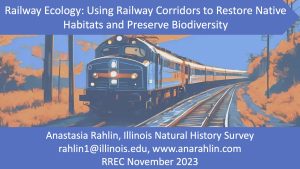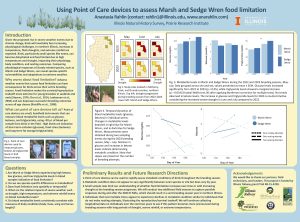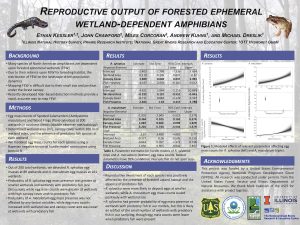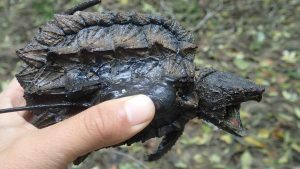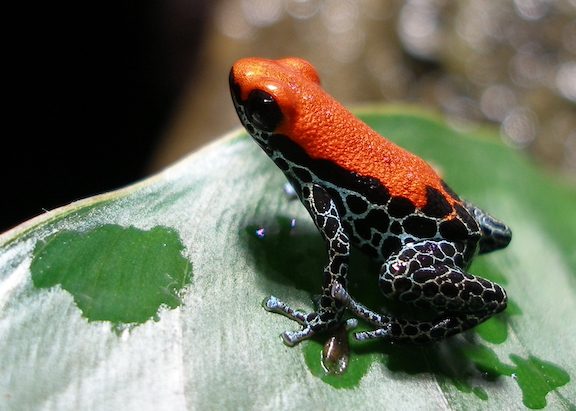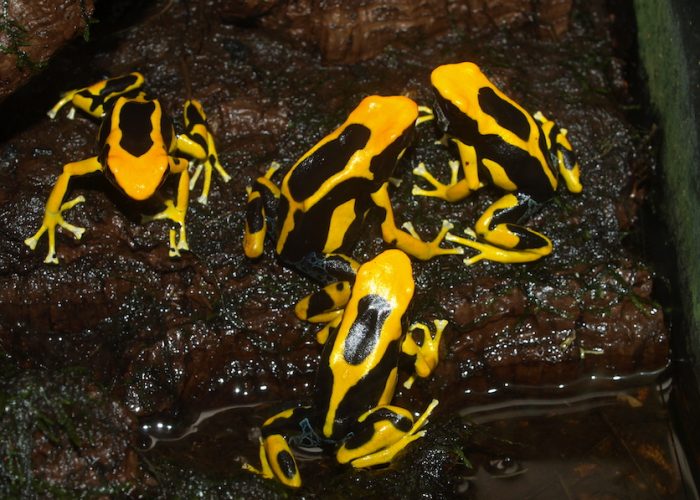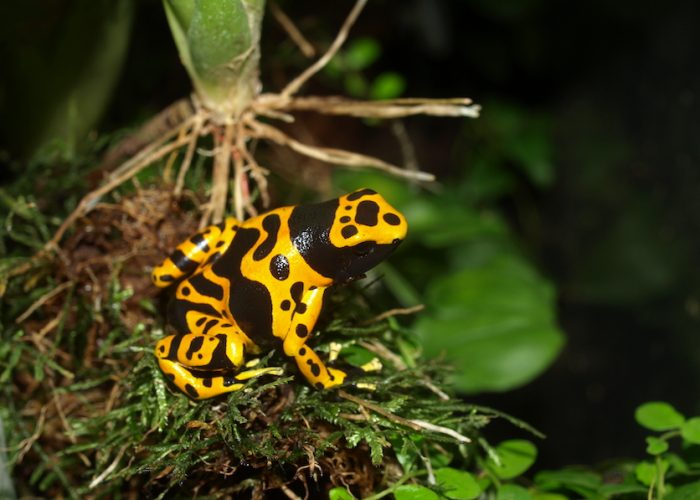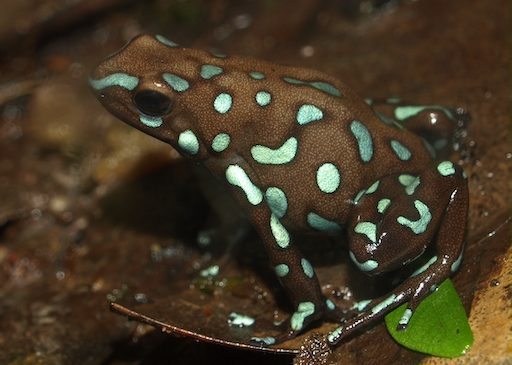Dr. Dreslik and several lab members are presenting posters and talks in Charleston, South Carolina this week for the Turtle Survival Alliance’s 21st Annual Symposium on the Conservation and Biology of Tortoises and Freshwater Turtles
Population structure of the Western Pond Turtle (Actinemys spp.) across twelve military installations in California
Emily Asche, Matthew I. Parry, Thomas S. B. Akre, Robert Lovich, and Michael J. Dreslik
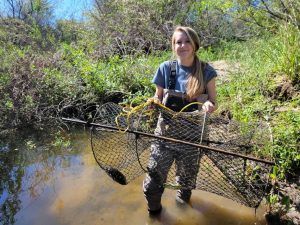 Western Pond Turtle (Actinemys spp.) populations are currently threatened with habitat loss, predation, and shell disease. The synergies among threats have caused severe population declines whereby they are an endangered species in Washington, a sensitive species in Oregon, and a species of special concern in California. It is imperative to investigate their status in California to determine how prevalent threats are and what level of conservation action needs to be taken to avoid declines. We examined the population structure of the Western Pond Turtle populations at twelve military installations across California through sampling in one-week bouts using 50 aquatic traps at one visit per base. We recorded the body size, life stage, and sex of all individuals. Our study is intended to represent a first pass at determining if there are any immediate conservation concerns, such as biases in stage or sex ratios and population size structure.
Western Pond Turtle (Actinemys spp.) populations are currently threatened with habitat loss, predation, and shell disease. The synergies among threats have caused severe population declines whereby they are an endangered species in Washington, a sensitive species in Oregon, and a species of special concern in California. It is imperative to investigate their status in California to determine how prevalent threats are and what level of conservation action needs to be taken to avoid declines. We examined the population structure of the Western Pond Turtle populations at twelve military installations across California through sampling in one-week bouts using 50 aquatic traps at one visit per base. We recorded the body size, life stage, and sex of all individuals. Our study is intended to represent a first pass at determining if there are any immediate conservation concerns, such as biases in stage or sex ratios and population size structure.
Detection and occupancy of the Western Pond Turtle (Actinemys spp.)
Matthew I. Parry, Emily Asche, Robert Lovich, Thomas S. B. Akre and Michael J. Dreslik
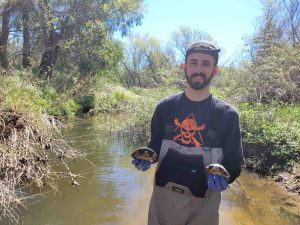 Low densities, followed by a secretive nature, create challenges for accurately estimating population estimates and site occupancy rates. The Western Pond Turtle (Actinemys spp.) faces range-wide declines and is currently a species of special concern in California. Our project aims to determine their status across 12 military installations using an occupancy/detection framework while attempting to maximize captures during one 50 aquatic trap/four trap night sampling session per installation. Because we sampled areas of known occupancy, we could focus on estimating detection rates. We aim to create an MS Excel tool to determine the detection probabilities while accounting for various environmental and habitat-related covariates.
Low densities, followed by a secretive nature, create challenges for accurately estimating population estimates and site occupancy rates. The Western Pond Turtle (Actinemys spp.) faces range-wide declines and is currently a species of special concern in California. Our project aims to determine their status across 12 military installations using an occupancy/detection framework while attempting to maximize captures during one 50 aquatic trap/four trap night sampling session per installation. Because we sampled areas of known occupancy, we could focus on estimating detection rates. We aim to create an MS Excel tool to determine the detection probabilities while accounting for various environmental and habitat-related covariates.
Survival matters: Comparing the demographic traits of Clemmys and Glyptemys with long-term capture-recapture data
Devin Edmonds, Michael J. Dreslik, Jeffrey E. Lovich, and Carl H. Ernst
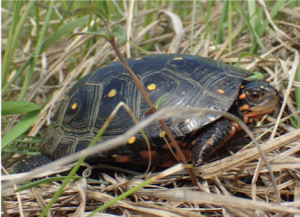 Freshwater turtles are one of the most threatened vertebrate groups, with over half of all species at risk of extinction. Overexploitation and habitat loss are the largest threats, with many turtle populations now small, isolated, and needing conservation action to ensure they persist. To enact informed conservation measures and monitor recovery efforts, managers benefit from information about demographic rates like survival and recruitment for highly threatened turtle species. Survival plays a particularly important role in population persistence, considering the life history of most turtle species is characterized by a long lifespan, delayed sexual maturity, and low fecundity. Thus, even small changes in adult annual survival rates can cause otherwise stable populations to decline. We analyzed three historical long-term capture-recapture datasets to estimate annual survival and recruitment for populations of Spotted Turtles (Clemmys guttata), Wood Turtles (Glyptemys insculpta), and Bog Turtles (Glyptemys muhlengerbii) that live in increasingly threatened wetlands and surrounding habitats. All three have ranges characterized by disjunct distributions and often small and isolated populations. Adult sex ratios in turtles can be affected by differences between the sexes in the timing of maturity, rates of mortality, sex-determining mechanism, or differential immigration/emigration. The two Glyptemys species have genetic sex determination while Clemmys has environmental sex determination. This latter distinction could affect each species responses under warming climate scenarios, since Clemmys might be expected to have female-biased populations as global temperatures increase. However, sex-specific differences in survival of Glyptemys species could also occur. Using multi-decadal data, we analyze sex-specific and species-specific survivorship from a site in eastern Pennsylvania where these turtles were sympatric. Our results help inform conservation efforts for three threatened freshwater turtle species and show the strengths of historic long-term data.
Freshwater turtles are one of the most threatened vertebrate groups, with over half of all species at risk of extinction. Overexploitation and habitat loss are the largest threats, with many turtle populations now small, isolated, and needing conservation action to ensure they persist. To enact informed conservation measures and monitor recovery efforts, managers benefit from information about demographic rates like survival and recruitment for highly threatened turtle species. Survival plays a particularly important role in population persistence, considering the life history of most turtle species is characterized by a long lifespan, delayed sexual maturity, and low fecundity. Thus, even small changes in adult annual survival rates can cause otherwise stable populations to decline. We analyzed three historical long-term capture-recapture datasets to estimate annual survival and recruitment for populations of Spotted Turtles (Clemmys guttata), Wood Turtles (Glyptemys insculpta), and Bog Turtles (Glyptemys muhlengerbii) that live in increasingly threatened wetlands and surrounding habitats. All three have ranges characterized by disjunct distributions and often small and isolated populations. Adult sex ratios in turtles can be affected by differences between the sexes in the timing of maturity, rates of mortality, sex-determining mechanism, or differential immigration/emigration. The two Glyptemys species have genetic sex determination while Clemmys has environmental sex determination. This latter distinction could affect each species responses under warming climate scenarios, since Clemmys might be expected to have female-biased populations as global temperatures increase. However, sex-specific differences in survival of Glyptemys species could also occur. Using multi-decadal data, we analyze sex-specific and species-specific survivorship from a site in eastern Pennsylvania where these turtles were sympatric. Our results help inform conservation efforts for three threatened freshwater turtle species and show the strengths of historic long-term data.
Baseline energetic requirements of Ornate Box Turtles (Terrapene ornata)
Andrea L. Colton and Michael J. Dreslik
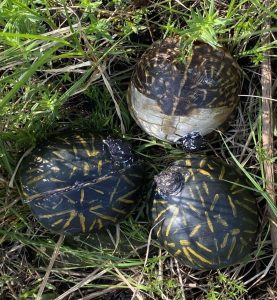 Increasing ambient temperatures due to climate change may lead to altered behaviors as turtles attempt to regulate internal body temperatures. Increased efforts to maintain temperatures may result in energetic tradeoffs, leading to reduced individual fitness and, thus, population abundance. Estimation of resting metabolic rates for turtles affords calculation of baseline energetic requirements and the potential to predict costs associated with warming landscapes. Using flow-through respirometry, we will determine the resting metabolic rates (RMRs) of adult Ornate Box Turtles (Terrapene ornata) across a temperature gradient to provide information on energetic costs. The baseline estimates will then be used to determine the annual RMR costs on the landscape.
Increasing ambient temperatures due to climate change may lead to altered behaviors as turtles attempt to regulate internal body temperatures. Increased efforts to maintain temperatures may result in energetic tradeoffs, leading to reduced individual fitness and, thus, population abundance. Estimation of resting metabolic rates for turtles affords calculation of baseline energetic requirements and the potential to predict costs associated with warming landscapes. Using flow-through respirometry, we will determine the resting metabolic rates (RMRs) of adult Ornate Box Turtles (Terrapene ornata) across a temperature gradient to provide information on energetic costs. The baseline estimates will then be used to determine the annual RMR costs on the landscape.
Ranges on the spectrum of recovery: conservation action for the Spotted Turtle and Eastern River Cooter in Illinois
Michael J. Dreslik
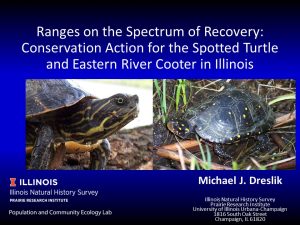 Extinction rates in the Anthropocene are significantly higher than background and previous major events. The extinction process can occur when local populations become extirpated, particularly those on the range periphery where habitats are often sub-optimal. Turtles are one of the most critically endangered taxa, with many anthropogenic factors triggering declines. Although jurisdictional boundaries can often complicate conservation, many North American turtles have peripheral populations of conservation concern. Within Illinois, peripheral populations of the Spotted Turtle (Clemmys guttata) and Eastern River Cooter (Pseudemys concinna) are protected as State Endangered; however, their apparent recovery is quite different. I discuss conservation prioritizations, status assessments, and conservation implementation needs for both species in Illinois. Finally, I compare the pathways to recovery for both species.
Extinction rates in the Anthropocene are significantly higher than background and previous major events. The extinction process can occur when local populations become extirpated, particularly those on the range periphery where habitats are often sub-optimal. Turtles are one of the most critically endangered taxa, with many anthropogenic factors triggering declines. Although jurisdictional boundaries can often complicate conservation, many North American turtles have peripheral populations of conservation concern. Within Illinois, peripheral populations of the Spotted Turtle (Clemmys guttata) and Eastern River Cooter (Pseudemys concinna) are protected as State Endangered; however, their apparent recovery is quite different. I discuss conservation prioritizations, status assessments, and conservation implementation needs for both species in Illinois. Finally, I compare the pathways to recovery for both species.
Conservation Tools and Actions: Oral Thursday PM
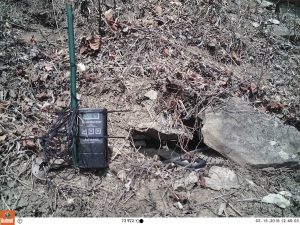
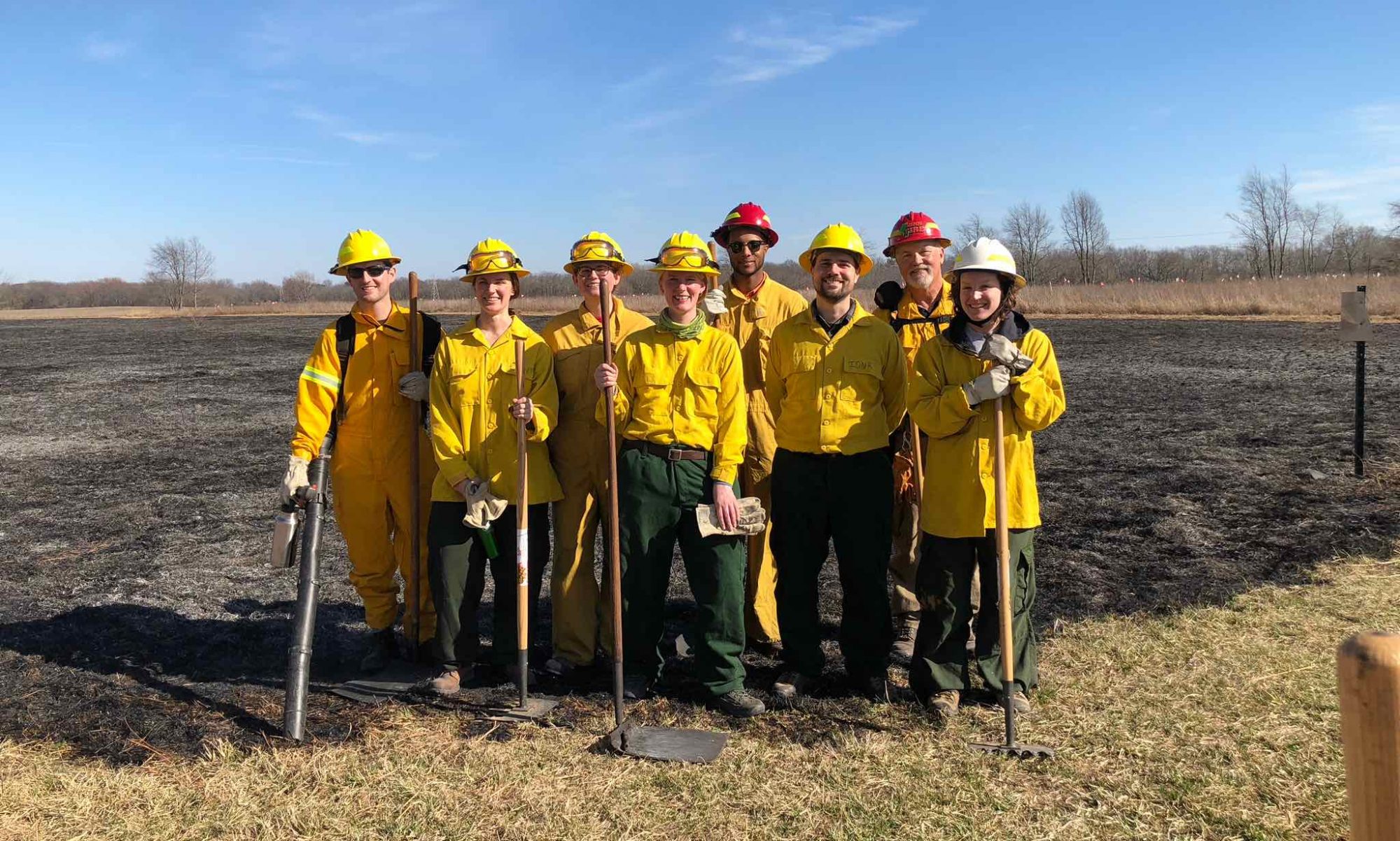
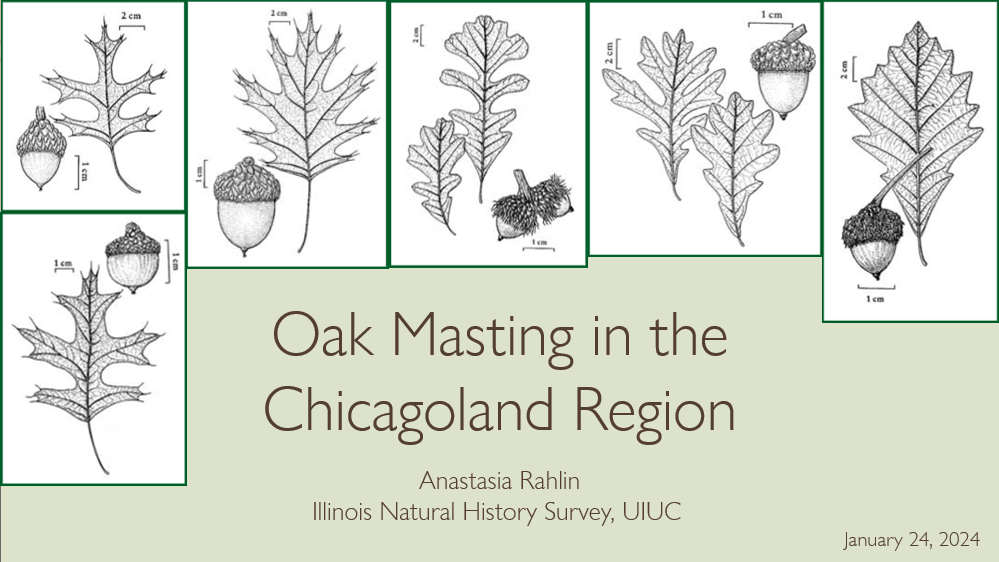 UBAP leader Anastasia Rahlin presented two talks recently.
UBAP leader Anastasia Rahlin presented two talks recently.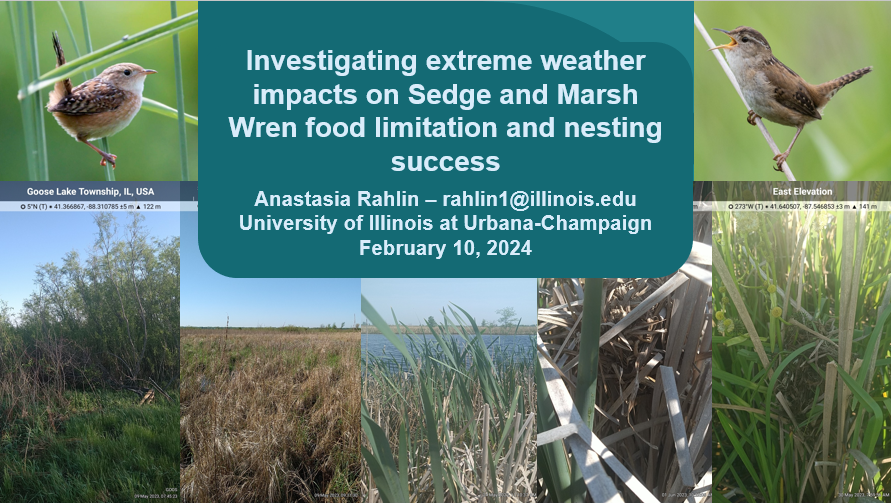 In February, Rahlin presented “Investigating Extreme Weather Impacts on Sedge and Marsh Wren food limitation and nesting success” at the McHenry County Forest Preserve District Research Roundup talk series.
In February, Rahlin presented “Investigating Extreme Weather Impacts on Sedge and Marsh Wren food limitation and nesting success” at the McHenry County Forest Preserve District Research Roundup talk series.